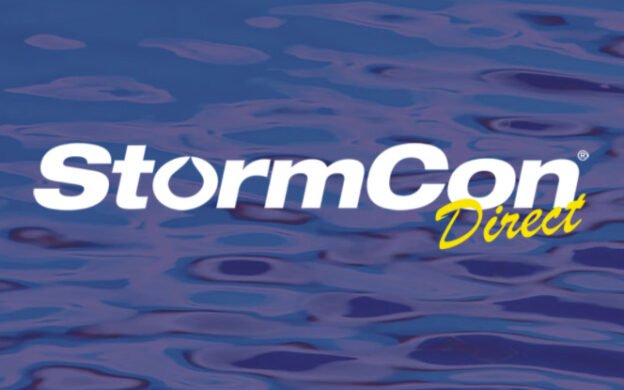Originally presented at StormCon 2023. Purchase all 28 sessions here.
The City of Calgary is committed to protecting local surface water quality. Studies of Calgary’s stormwater pollutant loadings to waterways revealed that gravel surfaced laneways are a significant source of sediment that washes through city infrastructure and settles in storm ponds, streams, and rivers. The low initial cost to build gravel lanes makes them a favorable choice, but studies of pollutant loading entering Calgary’s waterways revealed that gravel surface lanes are a large contributor to sediment levels. Gravel surfaced back lanes are susceptible to weather-related events and conditions, which leads to gravel erosion and development of rutting and potholes. This leads to stresses on maintenance, capital and personnel resources and community dissatisfaction. Sediment and associated nutrient loadings will continue to increase as inner-city land use intensifies, new communities expand, and rainfall intensity increases due to climate change. A comprehensive study of gravel lanes and alternative surfacing treatments was completed to assess their current and potential application in Calgary using a triple bottom line (TBL) assessment approach. Applying the triple bottom line policy and framework, the project team reviewed several alternatives to gravel lanes and determined the alternatives with the best benefit-to-cost ratio. For new developments, asphalt paving is the top alternative, but the top alternative varies for existing lanes based on location, length, etc. The project team is completing pilot projects for the top three alternatives to confirm the economic, environmental, and social benefits. These pilot projects include:
- Asphalt with infiltration trenches
- Applying a chip seal to existing gravel
- Using higher quality gravel.
The pilot projects will be used to confirm the assumptions for cost of installation and maintenance, reduction in TSS and social acceptance that are included in the gravel lane study.
About the Presenter
Erica Yaholnitsky is a Water Resource Engineer at the City of Calgary, where she works to improve stormwater quality before it is discharged to river and creeks. She is also part of the team implementing the City of Calgary’s updated Stormwater Strategy. Ms. Yaholnitsky is a civil engineer with 13 years of experience in stormwater management, land development, watershed planning, green stormwater infrastructure (GSI), and water quality monitoring.
Course Content




